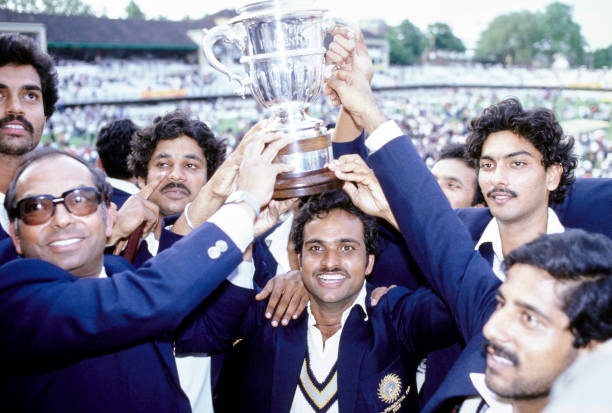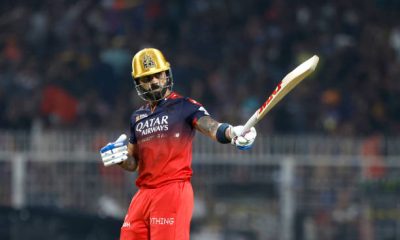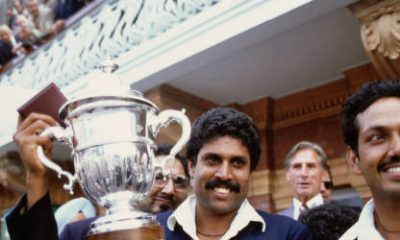
Introduction
India’s journey to the 2027 Cricket World Cup is already generating excitement among fans and analysts alike. As one of the most dominant teams in world cricket, India will aim to build a formidable squad, refine its strategies, and address key challenges to secure a successful campaign. This article provides a detailed analysis of India’s preparations, squad dynamics, upcoming fixtures, and potential hurdles on their road to cricket’s biggest tournament.
India’s Performance in Recent World Cups
To understand India’s roadmap for the next Cricket World Cup, it is crucial to analyze their performances in recent editions:
- 2011: Champions under M.S. Dhoni’s leadership.
- 2015: Semi-finalists, lost to Australia.
- 2019: Semi-finalists, lost to New Zealand.
- 2023: Runners-up, lost to Australia in the final.
While India has consistently performed well, a title has remained elusive since 2011. The upcoming World Cup presents another golden opportunity to reclaim cricket’s most coveted prize.

India’s Squad Composition for the Next World Cup
Building a well-balanced squad is crucial for success in major tournaments. Let’s take a look at India’s potential squad composition:
Top Order (Batting Powerhouse)
India’s batting has always been a major strength. The top order will likely feature:
- Rohit Sharma (Captain): A veteran opener with vast World Cup experience.
- Shubman Gill: The rising star, expected to play a key role in the opening slot.
- Virat Kohli: The backbone of India’s batting lineup, bringing immense experience and consistency.
Middle Order (Stability & Firepower)
The middle order remains a crucial area for India:
- Shreyas Iyer: Provides stability and aggression in the middle overs.
- Suryakumar Yadav: A game-changer with the ability to accelerate the run rate.
- Rishabh Pant / KL Rahul (Wicketkeeper): Both explosive wicketkeeper-batsmen with match-winning potential.
All-rounders (The X-Factors)
All-rounders play a significant role in balancing the team:
- Hardik Pandya (Vice-Captain): A crucial asset as an explosive finisher and medium-pace bowler.
- Ravindra Jadeja: Adds depth with both bat and ball, along with exceptional fielding.

Pace Attack (Speed & Accuracy)
India’s fast bowlers have been impressive in recent years:
- Jasprit Bumrah: The leader of the pace attack, known for his lethal yorkers.
- Mohammed Shami: A proven performer in ICC tournaments.
- Mohammed Siraj: Emerging as a key strike bowler with his sharp pace and movement.
Spin Department (Turning the Game)
Spin will be a crucial component, especially on subcontinent pitches:
- Kuldeep Yadav: A wicket-taking option with his left-arm wrist spin.
- Ravichandran Ashwin / Yuzvendra Chahal: Experienced spinners who can control the middle overs.
India’s Strategy for the Next World Cup
1. Aggressive Batting Approach
Modern cricket demands an attacking approach, and India will need to:
- Utilize power-hitters in the middle order.
- Maintain an aggressive mindset in all formats.
- Rotate strike effectively against quality bowling attacks.
2. Flexible Playing Combinations
Having a dynamic team with multiple match-winning options will be key. India should:
- Rotate squad members based on conditions.
- Maintain a strong bench with capable backups.
- Ensure workload management to avoid injuries.
3. Mastering Middle Overs
Winning the middle overs with both bat and ball is crucial. India needs to:
- Have stable batters who can accelerate when required.
- Deploy spinners strategically to break partnerships.
- Maintain a good run rate in chase scenarios.
4. Death Bowling Consistency
India’s death bowling has been a concern in past tournaments. To improve:
- Bumrah and Shami need to perfect their yorkers.
- Hardik Pandya must step up as a reliable bowling option.
- Bowlers should vary their pace effectively in the slog overs.
5. Strong Fielding Unit
Fielding can turn matches around. India needs to:
- Focus on sharp catching and ground fielding.
- Identify specialists for key fielding positions.
- Reduce unnecessary extras and overthrows.

Challenges India Must Overcome
1. Handling Pressure in Knockout Matches
India has fallen short in crucial knockout matches. They must:
- Develop a strong mental resilience strategy.
- Train players for high-pressure situations.
- Ensure a balanced mix of youth and experience.
2. Injury Management
Injuries have impacted India in past tournaments. To counter this:
- Implement a robust player rotation policy.
- Provide adequate rest periods before the World Cup.
- Have backup options ready for every key position.
3. Overcoming Tough Opposition
Rivals like Australia, England, and Pakistan pose major challenges. India must:
- Analyze opposition weaknesses in advance.
- Develop specific game plans for key opponents.
- Maintain adaptability in high-stakes matches.
SUGGESTED FOR YOU
“It’s A Catch-22”: Virat Kohli’s Weakness Revealed After His 51st ODI Century
7 Powerful Reasons Indian Kabaddi Became a Global Sensation
India’s Roadmap to World Cup Qualification
Upcoming Fixtures & Preparations
India’s schedule leading up to the next World Cup includes:
- Bilateral series against top teams to fine-tune strategies.
- Asia Cup participation as a crucial preparatory tournament.
- ICC World Cup Qualifier Matches (if applicable) to ensure direct qualification.
Conclusion
India’s road to the next Cricket World Cup is filled with opportunities and challenges. With a star-studded squad, strategic planning, and a focus on key areas like death bowling, middle-over acceleration, and fielding, India can position itself as a top contender for the title. As the tournament approaches, all eyes will be on the team’s performance and preparation. Will India reclaim cricket’s biggest prize? Only time will tell, but the journey promises to be thrilling.
Stay tuned for more cricket insights and expert analysis!









